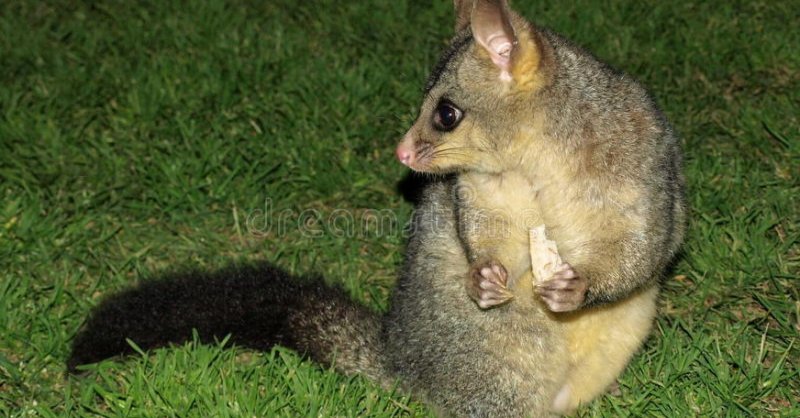Appetite for gene editing has always been low among the New Zealand public. In 1999, 20,000 people protested in Auckland alone, marching down Auckland’s Queen St calling for a ban on genetically engineered crops. Gene editing joined nuclear-free as a hallmark of clean, green New Zealand.
However last month, the crown entity responsible for pest control, Predator Free 2050, announced investment of $6.7 million into research projects, including $2.25m to investigate whether recent overseas advances in producing mice of only one sex could be adapted for rats, and $200,000 to explore stoat breeding genetics, and whether that could be used for control.
Minister for Conservation Kiri Allan said in a statement she supported research and innovation in new tools, but internationally, gene editing was “a long way from being used for vertebrate pest control”.
Significant investment would require discussions with mana whenua, communities and stakeholders, which was “not currently underway”.
There could be “unintended global consequences”, she said, with calls internationally for cross-border governance.
“Possums, rats and stoats are pests in New Zealand, but it would be disastrous if they also became extinct in their native lands where they perform essential ecological functions.”































